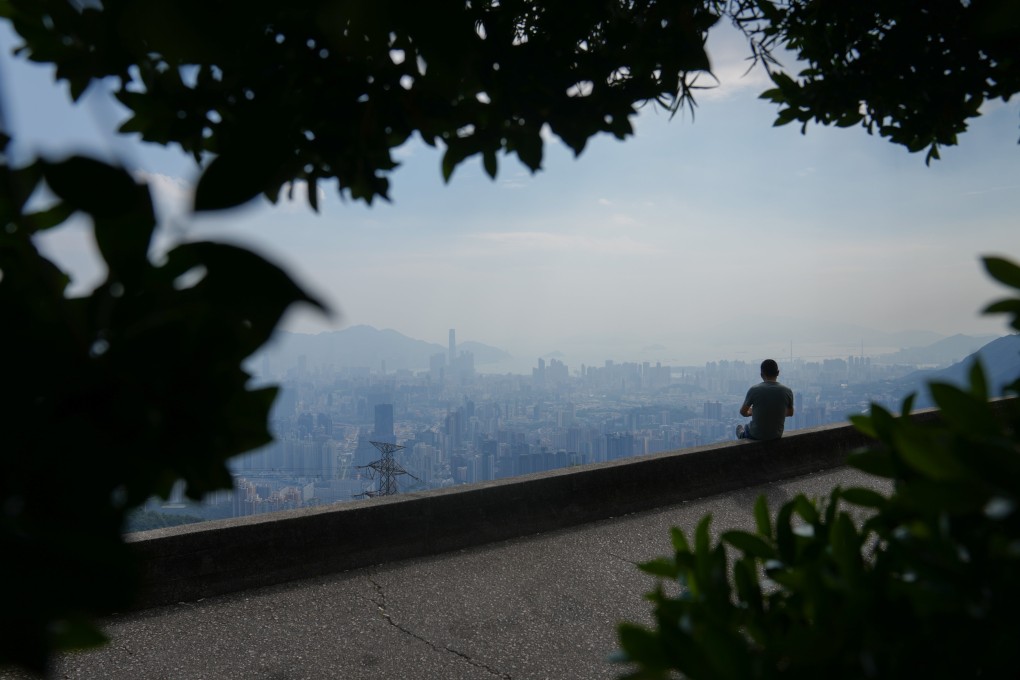Advertisement
Opinion | Hong Kong appears no closer to carbon neutrality by 2050 under John Lee
- The policy address should have included measures and incentives to significantly reduce energy consumption in the city
- Lee also missed the opportunity to promote green growth through investment in sustainable energy sources
Reading Time:3 minutes
Why you can trust SCMP
2

Chief Executive John Lee Ka-chiu pledged in his first policy address to “build a better Hong Kong” amid local and global challenges such as the pandemic, a public housing shortage and geopolitical tensions. I trust he will not forget the climate threats that could equally make our lives miserable.
In the past, former environment minister Wong Kam-sing would brief representatives from green groups, professional bodies and government committees on the government’s environmental measures. That important step in engaging the community unfortunately has not happened this year.
That casts doubts on the administration’s commitment to tackling the environmental and climate-related problems we are facing, especially when mainland China and other economies are rolling out measures to combat climate change to safeguard national security and their citizens.
Advertisement
If the government is serious about its goal of achieving carbon neutrality before 2050, the measures stated in the policy address are too weak and fail to get to the crux of the matter. Cutting carbon emissions from all buildings should be our priority, as buildings currently in use are responsible for 90 per cent of the city’s electricity consumption and 60 per cent of our overall carbon emissions.
Yet, I see no targets in the policy address for existing buildings, which make up most of the city’s stock, to comply with or go beyond the current codes for energy efficiency. Perhaps the only relevant KPI is to improve the energy performance of all government buildings and infrastructure by more than 6 per cent by 2024-25.
Advertisement
Even if this target is achieved, it will be a small drop in the ocean of lowering the city’s greenhouse gas emissions, which reached 33. 8 million tonnes in 2020.
Advertisement
Select Voice
Choose your listening speed
Get through articles 2x faster
1.25x
250 WPM
Slow
Average
Fast
1.25x
